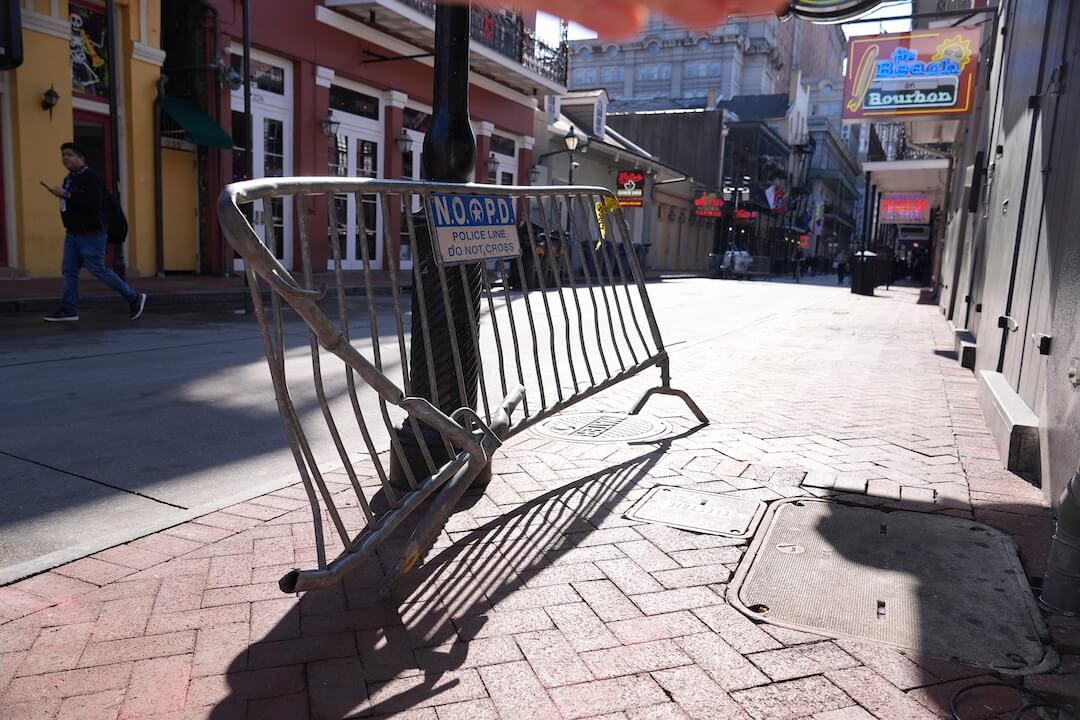Earlier this week the Sacramento Bee discovered that an image in its Sunday paper had been altered by a staff photographer. Poynter’s Steve Myers has a detailed look at the incident, including comments from National Press Photographers Association president Sean Elliot, who called it a “betrayal.”
The paper published an apology on its site Wednesday night, and in the paper:
On Page B1 Sunday The Bee published a photograph taken during the Galt Winter Bird Festival of a snowy egret grabbing for a frog just caught by a great egret. This week we learned the photograph had been digitally altered by the photographer in violation of our standards. While the original photo did show that same snowy egret grabbing for the frog from the great egret, the photographer merged in a different image of the great egret, in which the frog was more visible. As a result, the published photo included duplicated images of the plants.
The Bee’s ethics policy strictly forbids such manipulation of documentary photographs. It is considered a violation of our core values, as it misrepresents the accuracy of the event. When we alter a photograph for illustrative purposes, we disclose that at the time of publication.
The photographer has been suspended pending investigation. The original, unaltered photograph can be found on Page B2.
The Bee regrets the publication of this photograph and apologizes to our readers.
Note the apology did not name the photographer. A spokesperson for the paper told Poynter this was because the investigation was ongoing. However, it was easy to determine Bryan Patrick was the offender, since his name is on other photos from the festival. It was also reported by a local TV station. And as NPPA’s News Photographer reported, Patrick’s name was on the front page of the paper with the photo credit.
News organizations don’t always name the offender when it comes to plagiarism and photo manipulation — but they should. When credit is given for articles, photos and other work, there’s no reason or justification to hide a name when things go wrong.
I’m sure the Bee would be trying to determine the name of the offender if, say, a city worker had committed such a serious transgression.
We should hold ourselves to the same standard we enforce on others.





